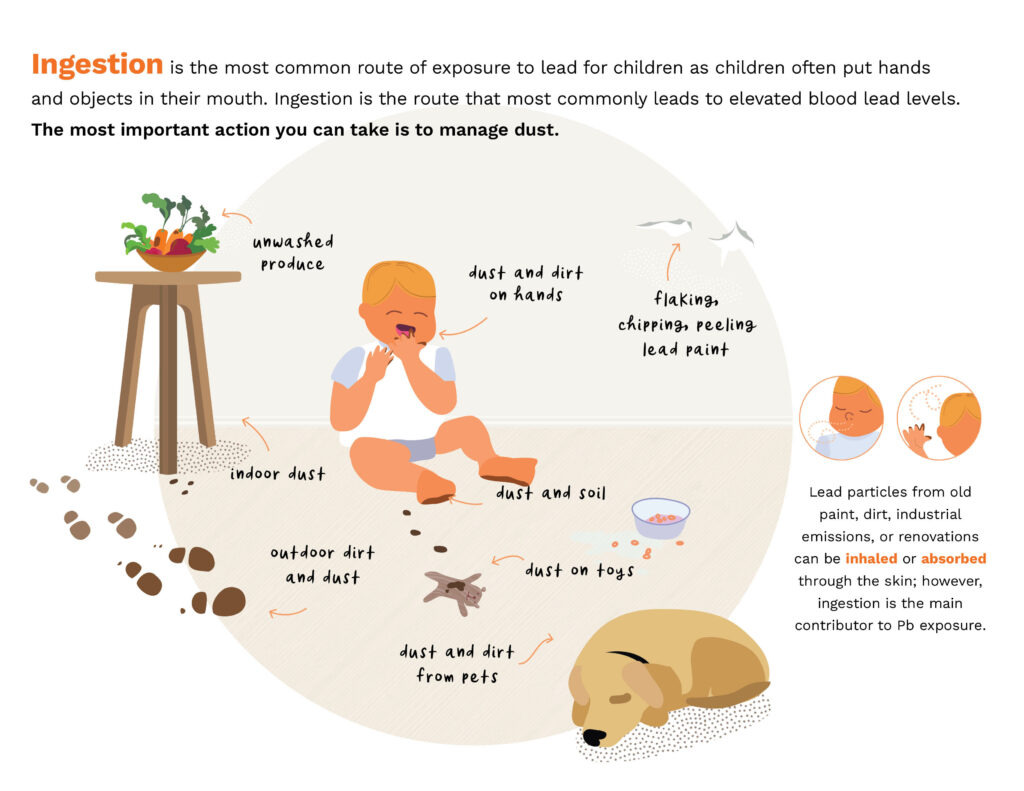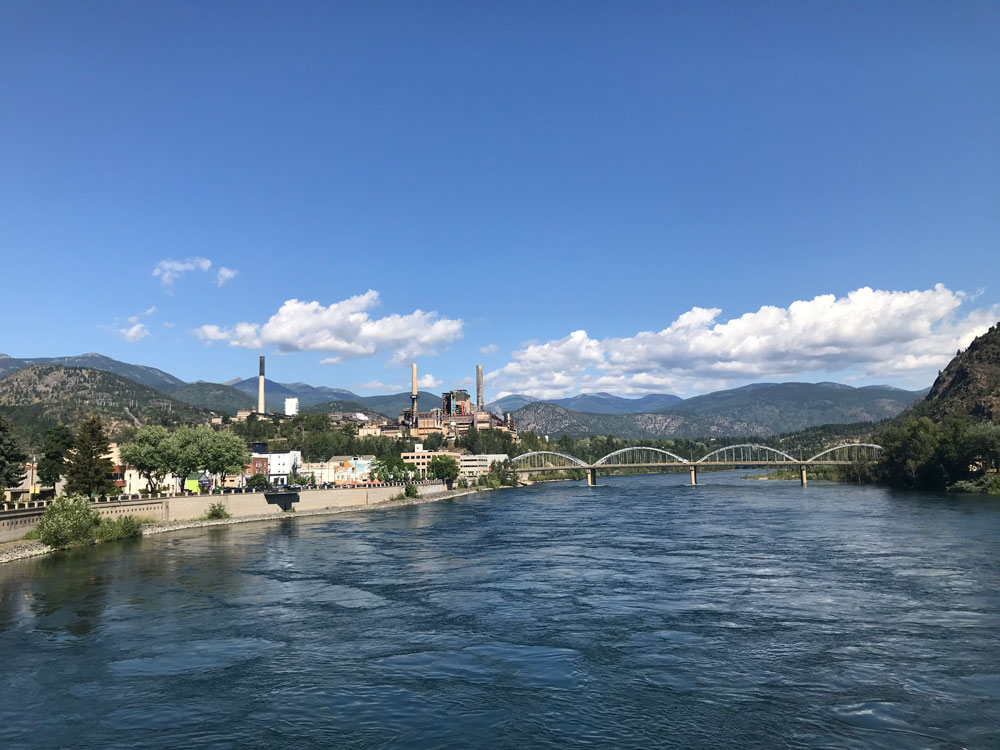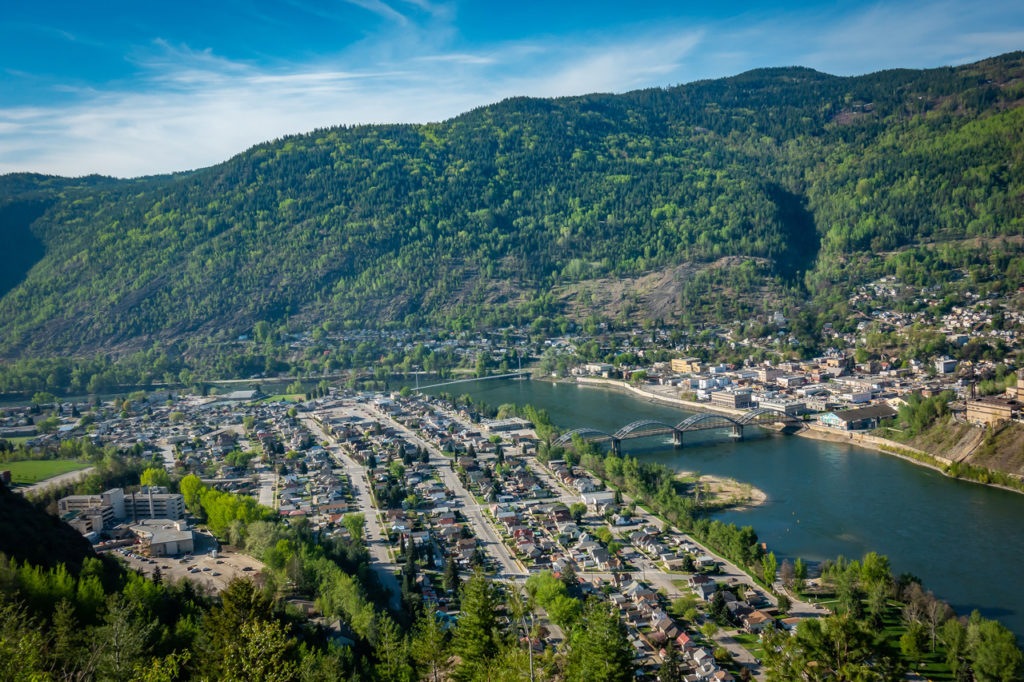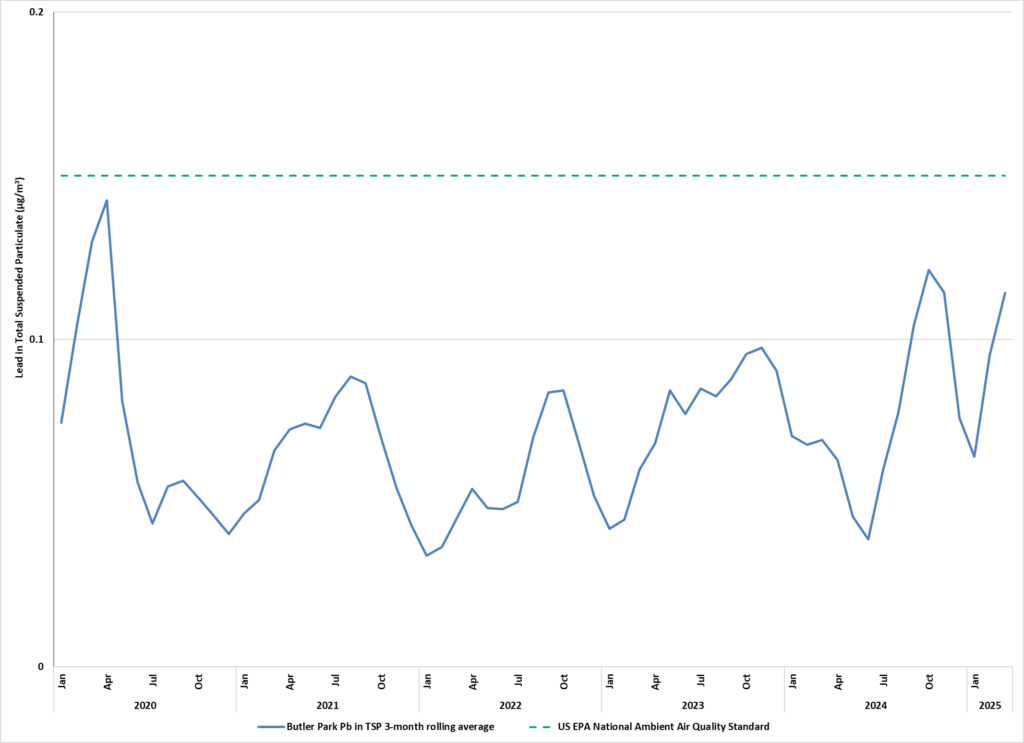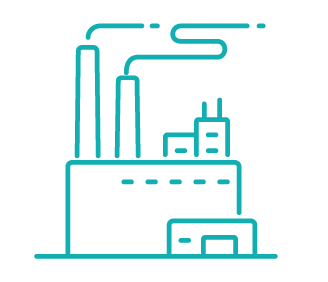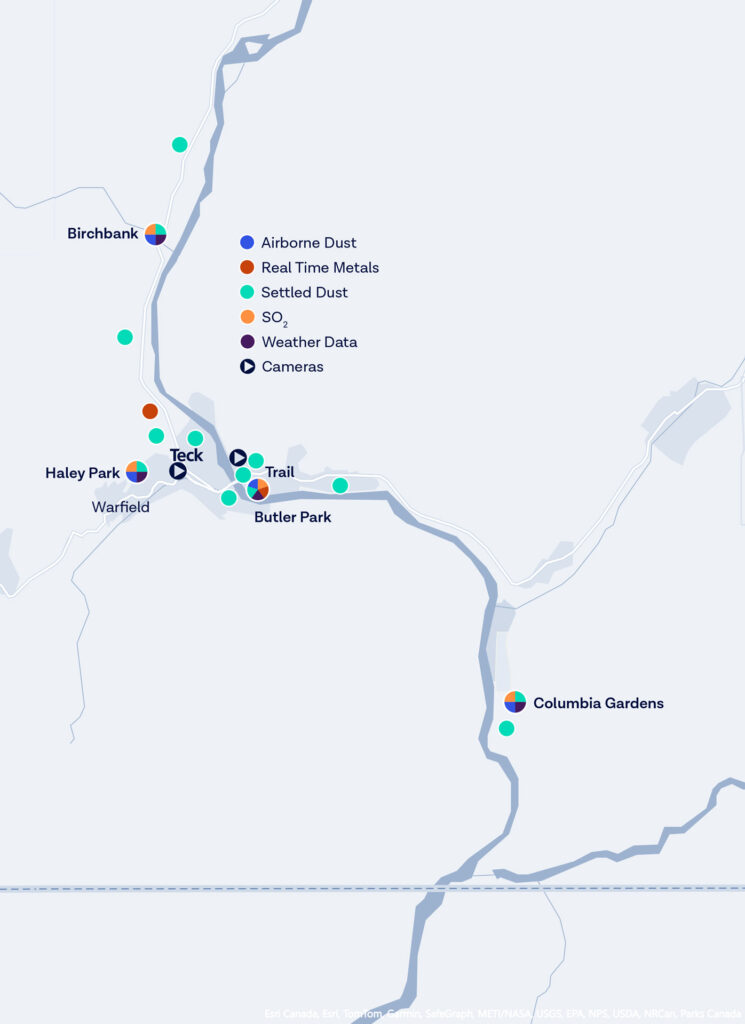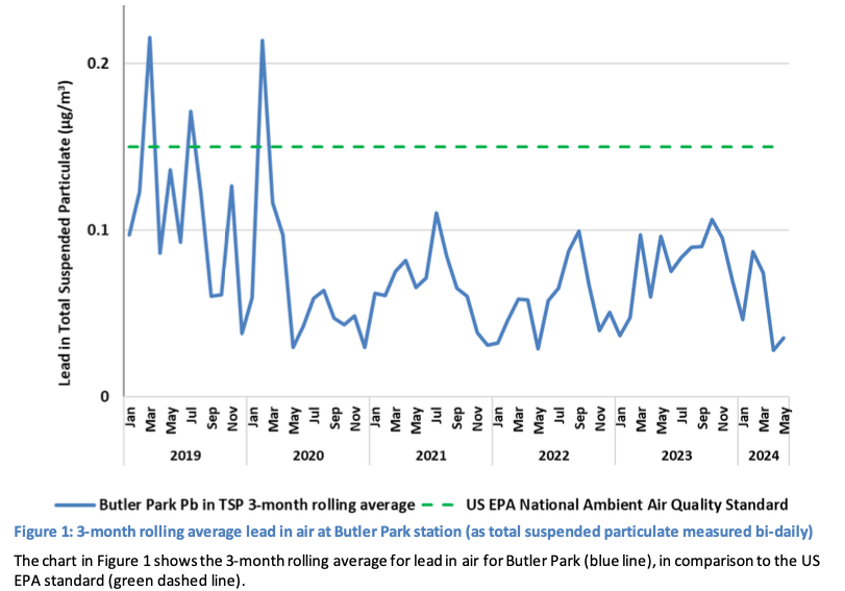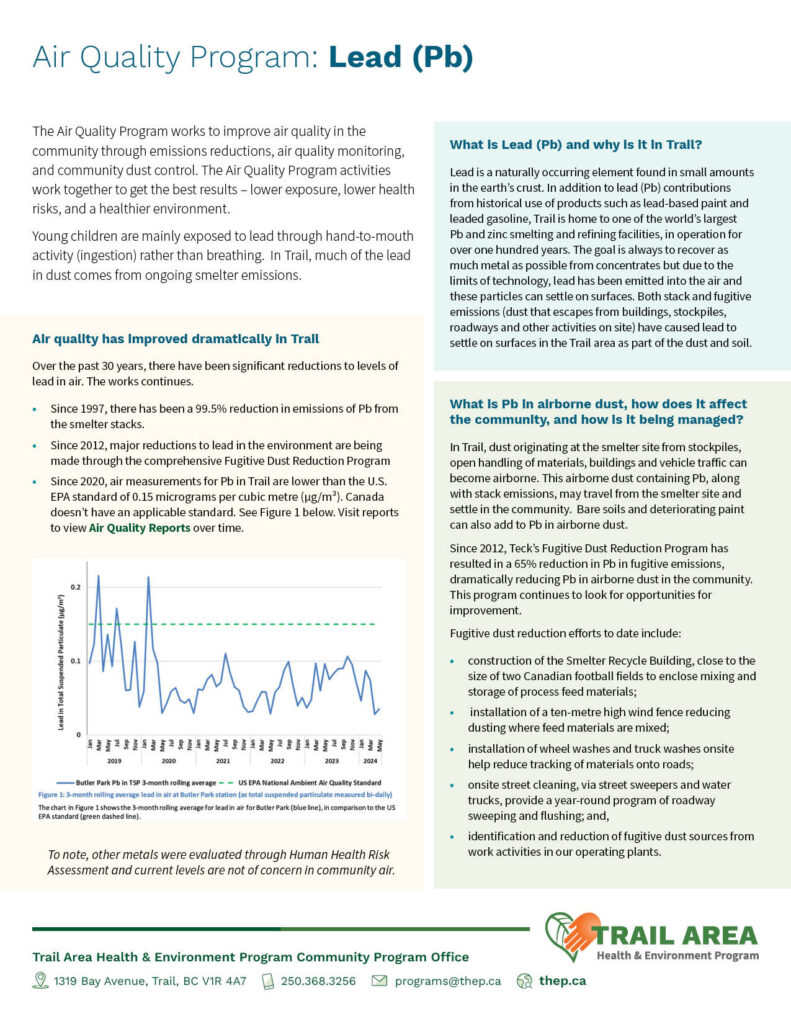According to the US Centre for Disease Control, ingestion is the main route of exposure to lead (Pb) for children, and the route that most commonly leads to elevated blood lead levels.
This is true for any community and is not specific to communities with a lead smelter.
Children are at greater risk of ingesting lead as they often put hands and objects in their mouth.
Inhalation can be an exposure pathway for workers in lead industries, “do-it-yourself” home renovators, persons with hobbies (stained glass making/soldering), people who smoke and children exposed to second hand smoke. Absorption into the skin is a less common and rare exposure pathway.
